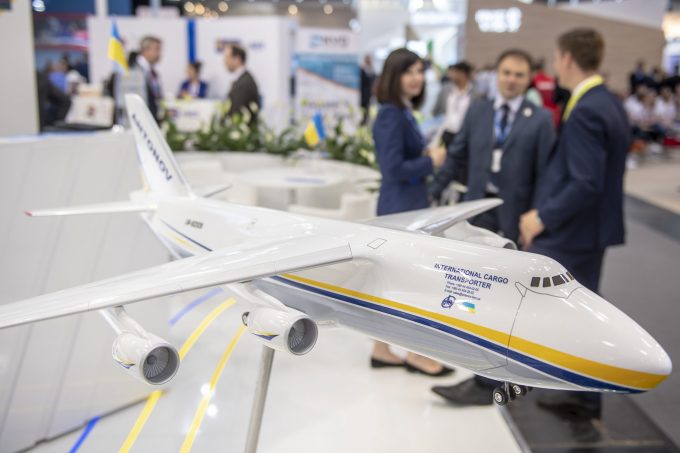Expect a shift in airfreight market as ecommerce changes tack
Airfreight shippers should expect to see market shifts as ecommerce players change strategies. While the ...

Brokers have suggested that strong air cargo charter demand is set to continue through 2022 as businesses ramp up production again and the most severe of the pandemic restrictions have now been lifted.
“Over the past two years, the air charter cargo market has seen a rejuvenation,” said Glenn Hogben, CEO at The Air Charter Association (ACA).
However, he noted that Covid had continued to impact the logistics industry, with major outbreaks in China, and its continuing zero tolerance policy, seeing large ...
'Disastrous' DSV-Schenker merger would 'disrupt European haulage market'
New senior management for DSV as it readies for DB Schenker takeover
Volumes set to 'fall off a cliff' as US firms hit the brakes on sourcing and bookings
Asian exporters scramble for ships and boxes to beat 90-day tariff pause
Amazon pushes into LTL for small package fulfilment and UPS does a u-turn
Temporary tariff relief brings on early transpacific peak season
Pre-tariff rush of goods from US to China sees air rates soar, but not for long
Forwarders 'allowing the fox into the chicken run' by supporting 'hungry' carriers


Comment on this article